Related Research Articles

William Thomas Green Morton was an American dentist and physician who first publicly demonstrated the use of inhaled ether as a surgical anesthetic in 1846. The promotion of his questionable claim to have been the discoverer of anesthesia became an obsession for the rest of his life.

John Call Dalton was an American physiologist and vivisection activist who became the first full-time professor of physiology in the United States.

Sir Benjamin Ward Richardson was a British physician, anaesthetist, physiologist, sanitarian, and a prolific writer on medical history. He was the recipient of the Fothergill gold medal, awarded by the Medical Society of London in 1854 and of the Astley Cooper triennial prize for an essay in physiology.
Albany Medical College (AMC) is a private medical school in Albany, New York. It was founded in 1839 by Alden March and James H. Armsby and is one of the oldest medical schools in the nation. The college is part of the Albany Medical Center, which includes the Albany Medical Center Hospital. Along with Albany College of Pharmacy, Albany Law School, the Dudley Observatory, the Graduate College of Union University, and Union College, it is one of the constituent entities of Union University.

David Lawrence Morril was an American politician, attorney, physician and minister. He served as a U.S. Senator for New Hampshire from 1817 to 1823, and was the tenth governor of New Hampshire, serving from 1824 until 1827.
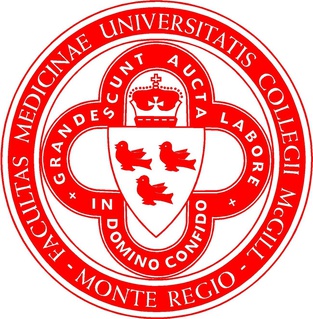
The Faculty of Medicine and Health Sciences is one of the constituent faculties of McGill University. It was established in 1829 after the Montreal Medical Institution was incorporated into McGill College as the college's first faculty; it was the first medical faculty to be established in Canada. The Faculty awarded McGill's first degree, and Canada's first medical degree to William Leslie Logie in 1833.

Cornelius Rea Agnew was an American surgeon.
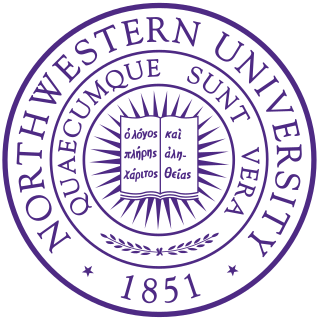
Northwestern University Feinberg School of Medicine is the medical school of Northwestern University and is located in the Streeterville neighborhood of Chicago, Illinois. Founded in 1859, Feinberg offers a full-time Doctor of Medicine degree program, multiple joint degree programs, graduate medical education, and continuing medical education.

Robley Dunglison was an English-American physician, medical educator and author who served as the first full-time professor of medicine in the United States at the newly founded University of Virginia from 1824 to 1833. He authored multiple medical textbooks and is considered the "Father of American Physiology" after the publication of his landmark textbook Human Physiology in 1832. He was the personal physician to Thomas Jefferson, James Madison and James Monroe. He consulted in the treatment of Andrew Jackson and was in attendance at Jefferson's death.

William Morrant Baker was an English physician and surgeon. He first described the condition now known as Baker's cyst.

Geneva Medical College was founded on September 15, 1834, in Geneva, New York, as a separate department (college) of Geneva College, currently known as Hobart and William Smith Colleges. In 1871, the medical school was transferred to Syracuse University in Syracuse, New York.
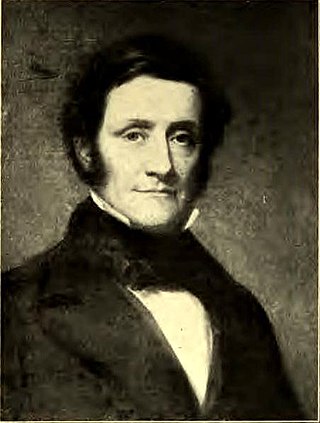
John Kearny Rodgers was an American surgeon who was known for his skill in both ophthalmic and vascular surgery. He was the co-founder of the New York Eye Infirmary and a Fellow and Trustee of the New York College of Physicians and Surgeons.

John Syer Bristowe (1827–1895) was an English physician.

Willard Parker was a surgeon of the United States, for many years a professor at the New York College of Physicians and Surgeons and other schools.
Andrew McFarland was a United States physician.

George William Balfour FRSE was a Scottish physician, known as a heart specialist.

Dixi Crosby was an American surgeon and educator at Dartmouth College. He created a new technique for reducing metacarpophalangeal dislocation and was the first surgeon to open an abscess at the hip joint. Crosby was also the first surgeon in the United States to be sued for medical malpractice.
Extramural medical education in Edinburgh began over 200 years before the university medical faculty was founded in 1726 and extramural teaching continued thereafter for a further 200 years. Extramural is academic education which is conducted outside a university. In the early 16th century it was under the auspices of the Incorporation of Surgeons of Edinburgh (RCSEd) and continued after the Faculty of Medicine was established by the University of Edinburgh in 1726. Throughout the late 18th and 19th centuries the demand for extramural medical teaching increased as Edinburgh's reputation as a centre for medical education grew. Instruction was carried out by individual teachers, by groups of teachers and, by the end of the 19th century, by private medical schools in the city. Together these comprised the Edinburgh Extramural School of Medicine. From 1896 many of the schools were incorporated into the Medical School of the Royal Colleges of Edinburgh under the aegis of the RCSEd and the Royal College of Physicians of Edinburgh (RCPE) and based at Surgeons' Hall. Extramural undergraduate medical education in Edinburgh stopped in 1948 with the closure of the Royal Colleges' Medical School following the Goodenough Report which recommended that all undergraduate medical education in the UK should be carried out by universities.
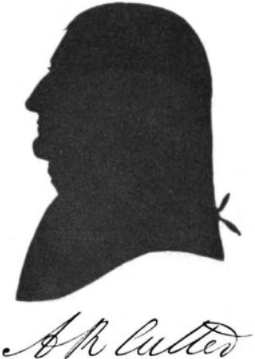
Ammi Ruhamah Cutter was an American physician. He served as a surgeon during the French and Indian War of 1754–1763, and was also the Physician General of the medical department of the Continental Army during the American Revolutionary War of 1775–1783.
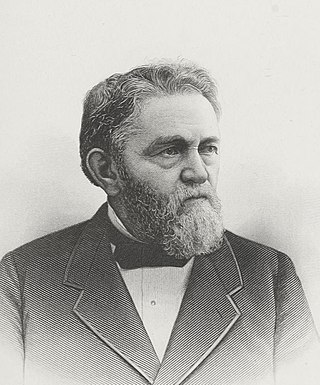
William Heath Byford was an American physician, surgeon, gynecologist and advocate of medical education for women who was most notable for founding the Chicago Medical College and Woman's Medical College of Chicago.
References
- Howard Atwood Kelly, A Cyclopedia of American Medical Biography (1912), p. 244.